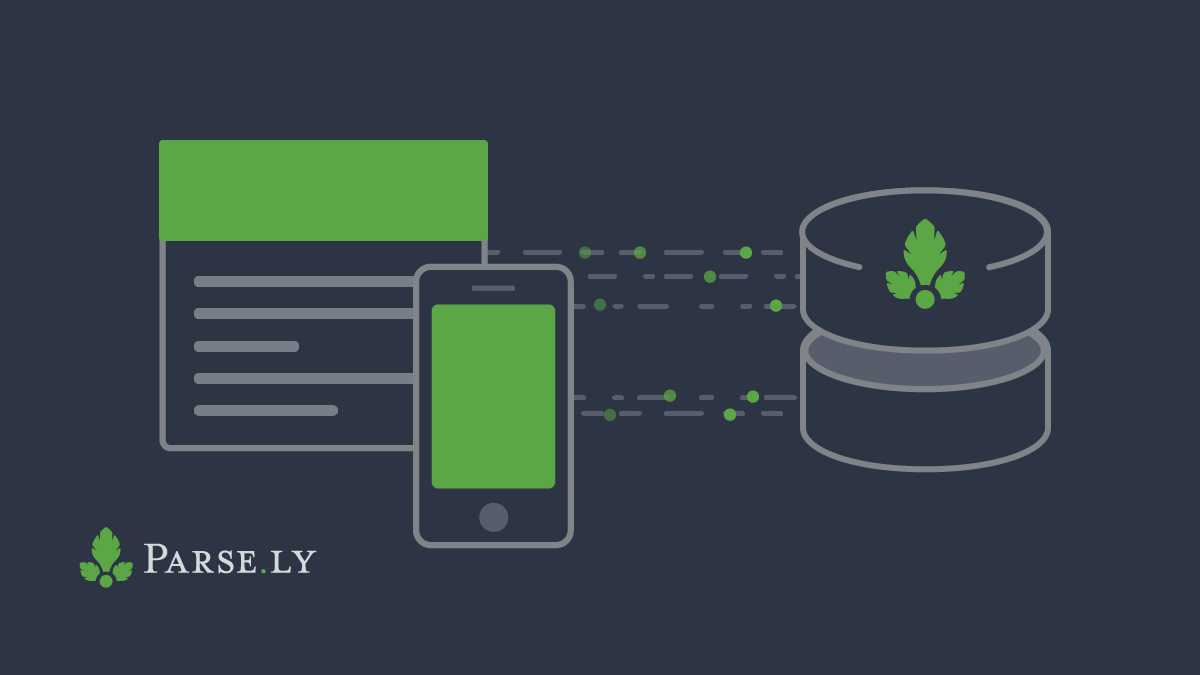Parse.ly now provides site and app publishers with full raw data
Its new Data Pipeline delivers the info behind its existing dashboard and API.
Parsely is the leaf garnish that fans say offers so much more than you think.
And today its namesake company, Parse.ly, is offering a Data Pipeline that provides publishers with so much more data about their website or app than they thought was there. (Kinda works, right?)
The New York City-based company provides publisher-oriented data through a dashboard for marketers and an API with summary data.
The new Data Pipeline, CTO and co-founder Andrew Montalenti told me, makes accessible to developers and data scientists all the underlying raw data that goes into the API’s feed. As he wrote in a blog post announcing the Pipeline:
“The key thing to understand is that Parse.ly’s HTTP/JSON API summarizes information about traffic and content for the purposes of quickly providing a way to provide on-site content links; traffic snapshots for quick data exports; or simple integrations of Parse.ly traffic data with existing content management systems. The API is not a full-fidelity accounting of all your analytics data; it’s instead an integration tool for rapidly infusing existing sites, apps, and reports with Parse.ly data — including our real-time traffic data.
The Parse.ly Data Pipeline is something very, very different. It’s not just an API. It’s the ultimate API. It’s a rich way to unlock 100% of the data behind Parse.ly’s analytics, and analyze it for your own organization’s needs.”
Marketers use the API for queries from, say, trend analysis tools. But, for a site or app with heavy traffic, there can be thousands of raw events in those trends that you may want to analyze. The Pipeline’s more complete data is ready to load into a SQL data warehouse, such as Amazon’s RedShift or Google’s BigQuery.
The Parse.ly data is collected via JavaScript tags on every page, including AMP (accelerated mobile pages)-tuned ones for mobile web, as well as an SDK (software development kit) for apps.
The API data, he said, is generally “top-of-funnel” clickstreams, but a publisher might want to delve deeper into the data.
For instance, a publisher or a marketer with a content marketing site can get stats from the API about the kinds of content that lead users to sign up for a newsletter. But, Montalenti noted, now a publisher or marketer can also get info about all the actions these users took before signing up.
While there are many other ways to collect data from websites or apps — including Google Analytics and Adobe’s Site Catalyst for sites and AppAnnie for apps — Parse.ly specializes in data that publishers can use.
In addition to custom in-house systems, Montalenti said, his company’s main competitor for publisher-specific data is ChartBeat. He added that, while there is “some overlap” in the two companies’ APIs, ChartBeat has “nothing equivalent” to the Data Pipeline.
Contributing authors are invited to create content for MarTech and are chosen for their expertise and contribution to the martech community. Our contributors work under the oversight of the editorial staff and contributions are checked for quality and relevance to our readers. The opinions they express are their own.
Related stories
